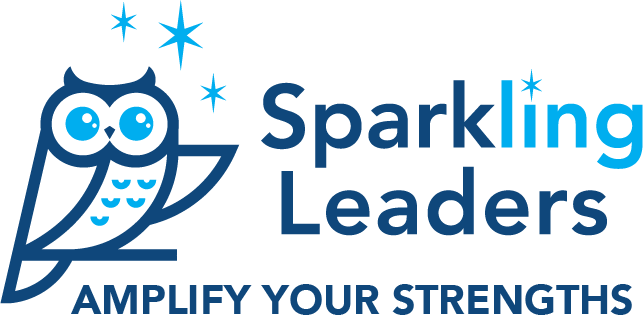Calming Tips for Cleaning
I recently read KC Davis’s How to Keep House While Drowning: A Gentle Approach to Cleaning and Organizing and highly recommend it. It’s written to be easy to digest with highlights in bold, lots of white space, and not a lot of filler text. Thank you, KC!
The main takeaway is that the best way to clean is the way that works for you. I paraphrase it as, the best way to do something is the way it gets done.
Another key takeaway is that you are not failing. Your care tasks are morally neutral. You are not a failure if you can’t keep up. As I was reading this part I started to think about where my expectations were coming from. I grew up in a clean and tidy house. My area was neither particularly clean nor tidy. I was often told to clean up. I like things to be clean and tidy. I also like a lot of different things - papers, books, magazines, stickers, pens, notebooks, etc.
It probably won’t surprise you that my immediate family also loves books, notebooks, pens, and electronics. I’m a scientist, I married an engineer/scientist. At one point we were going to start a school. We have several lab spaces. We have lots of lab stuff. Somehow, the stuff doesn’t always (ever) live in its space, and many things do not have a place to rest out of sight. Sometimes it’s because we are just about to use it… With that in mind, I love the description of five categories for cleaning.
The Five Categories of stuff to clean in a room:
Trash
Dishes (this wasn’t an issue until the kids went to high school)
Laundry
Things not in their place that have a place
Things not in their place that do not have a place
I now use the five-categories method when I clean. I pick a category, I take care of it. In the book, KC lets us know that picking up all the laundry and putting it somewhere to be washed in the future counts. When cleaning an area, you do not have to put things in categories and then finish the cleaning project by washing the dishes, doing the laundry, taking out the trash, and putting everything away. That, can be overwhelming and this book is the opposite of overwhelming, it’s about making it work for you.
Another useful thought, for everything we do, is to use a 2x2 matrix of impact vs effort. Figure out where your tasks are in the matrix. Then figure out what you want to do. Can you outsource or ignore the things that take a lot of effort with little impact? Can you schedule your high-impact high-effort tasks when you have the time and energy?
In summary, I found the calm messaging in this book very welcoming. Below are a few additional thoughts and items to reflect on:
Accept that care tasks are cyclical - they do not end.
When faced with something tough, ask yourself, How can I move towards this task?
Start to question the rules you follow for cleaning - an example from the ADHD sessions I attended were the moms who don’t always empty the entire dishwasher before loading it if they need everything clean.
You are not responsible for saving the world.
Find what motivates you and what you enjoy doing.
And finally, It’s all going to be okay!

